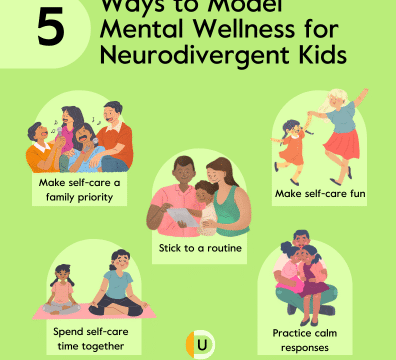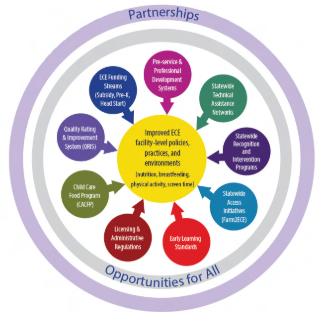Feedback is an essential part of any learning experience, especially in the online environment where direct, in-person interaction may be limited. Understanding how to receive, interpret, and apply feedback effectively can significantly enhance your learning progress and overall success. This article explores practical steps and tips to help you use feedback for continuous improvement in your online studies.
Why Feedback Matters in Online Learning
In traditional classrooms, feedback is often immediate and interactive. In online learning, feedback might come through comments, grades, or messages from instructors and peers. Although the format may differ, the purpose remains the same: to support your growth by highlighting strengths and identifying areas for improvement.
Using feedback constructively can help you:
-
Clarify misunderstandings
-
Improve your skills and knowledge
-
Stay motivated and engaged
-
Build confidence in your abilities
Step 1: Approach Feedback with the Right Mindset
One of the first steps to using feedback effectively is to approach it with an open and positive mindset. Feedback is not criticism, but a tool to help you improve. Avoid taking feedback personally or defensively. Instead, think of it as guidance from someone who wants to support your learning journey.
Remember, everyone receives feedback—even experts continue to learn and grow by listening to others.
Step 2: Actively Seek Feedback
Sometimes, feedback is not automatically provided. In online learning environments, it’s important to take initiative by asking for feedback regularly. You can do this by:
-
Requesting comments on your assignments
-
Participating in peer review activities
-
Engaging in discussion forums and asking questions
-
Scheduling virtual meetings with instructors or mentors
Seeking feedback shows that you are committed to learning and willing to improve, which instructors often appreciate.
Step 3: Understand and Reflect on the Feedback
When you receive feedback, take the time to carefully read or listen to it without rushing. Reflect on the points made and think about how they relate to your work. Ask yourself:
-
What specific areas were highlighted?
-
Are there patterns or recurring suggestions?
-
How can I apply this feedback to improve?
Writing down the feedback and your thoughts can help solidify your understanding and create a clear reference for future tasks.
Step 4: Ask Questions for Clarity
If any part of the feedback is unclear or you need more detailed guidance, don’t hesitate to ask questions. Politely request examples, explanations, or additional resources to help you grasp what is expected. This step shows your willingness to learn and can help you avoid repeating mistakes.
Step 5: Develop an Action Plan
Feedback is only useful if you act on it. Once you understand the suggestions, create a practical action plan. Break down the improvements into small, manageable steps. For example, if your writing needs improvement, your plan might include:
-
Practicing writing for 15 minutes daily
-
Using grammar-check tools
-
Reading articles or books on writing techniques
Setting specific goals makes the process less overwhelming and more achievable.
Step 6: Apply Feedback Consistently
Growth happens through consistent effort. Make it a habit to incorporate feedback into your future work. Whether it’s revising assignments, participating in discussions, or completing projects, applying feedback regularly will help you build better skills over time.
Track your progress to see how your work improves as you apply feedback, which can also motivate you to keep going.
Step 7: Celebrate Improvements
Recognize your successes and improvements, no matter how small. Celebrating milestones encourages positive feelings toward learning and reinforces your commitment. Share your progress with your instructors, peers, or mentors—they will be pleased to see your growth.
Step 8: Practice Giving Feedback
Learning how to give constructive feedback is valuable for your own development and benefits the online learning community. When reviewing peers’ work, provide thoughtful, respectful, and specific suggestions. This not only helps others improve but also sharpens your critical thinking and communication skills.
Additional Tips for Using Feedback Effectively
-
Stay organized: Keep all feedback in one place for easy reference.
-
Be patient: Improvement takes time—don’t get discouraged if progress feels slow.
-
Use resources: Explore online tools, tutorials, or writing centers recommended by your course.
-
Balance feedback: Pay attention to both positive comments and areas to improve.
-
Maintain communication: Keep an open line with your instructor or mentor for ongoing support.
Conclusion
Using feedback wisely is a cornerstone of successful online learning. By approaching feedback with an open mind, actively seeking it, reflecting thoughtfully, and applying it consistently, you empower yourself to grow academically and personally. Remember, learning is a journey, and feedback is your helpful guide along the way.
Keep embracing feedback, take actionable steps, and watch your online learning experience transform into a rewarding and enriching adventure.






